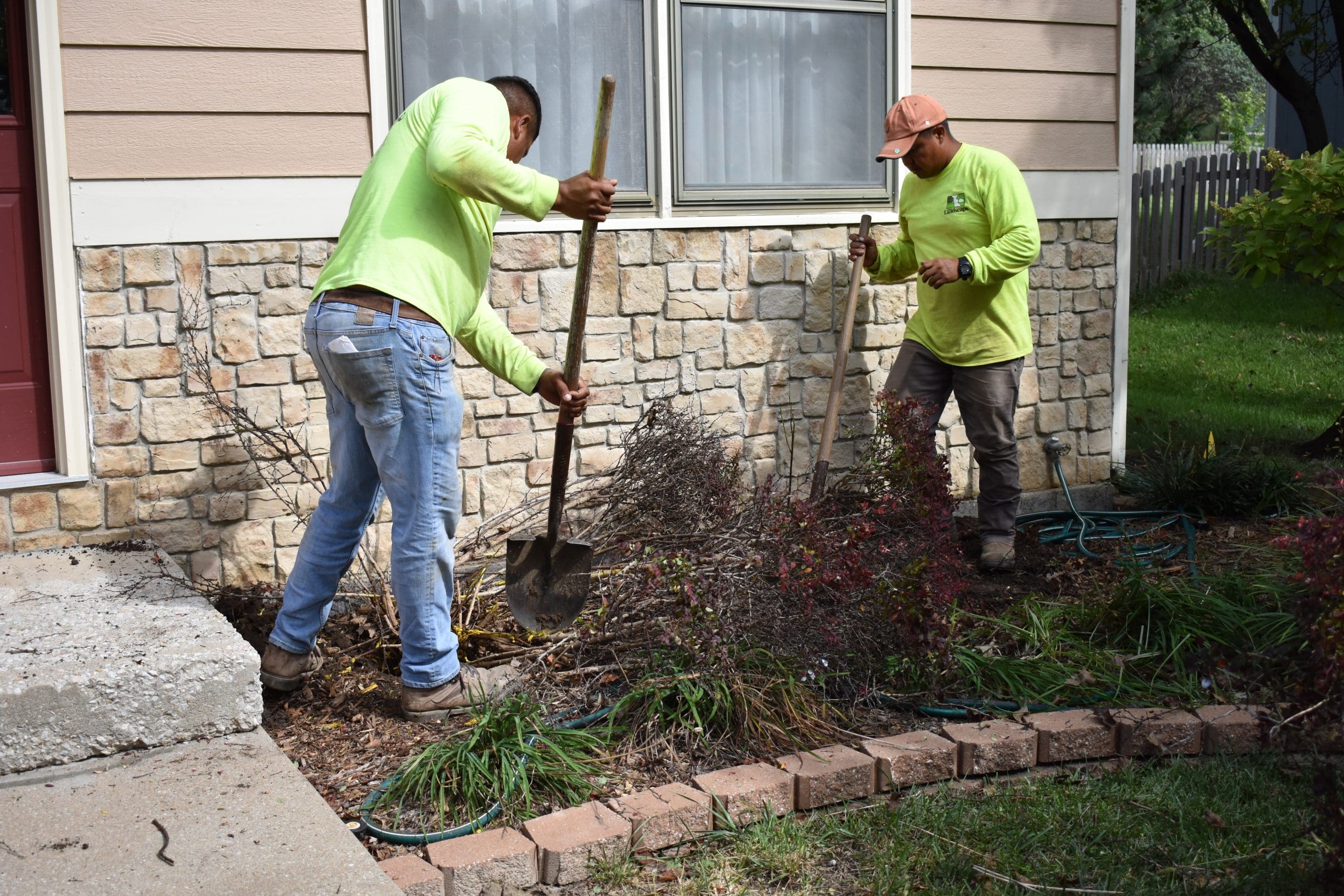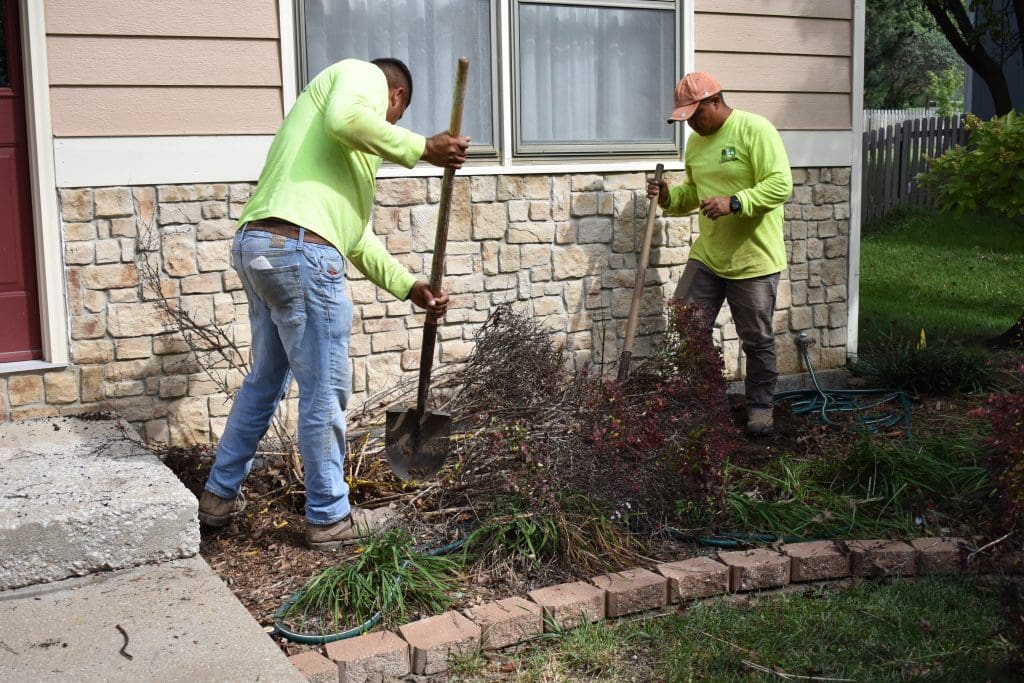
The Landscape Industry Certified Exterior Technician certification program is NALP’s flagship program. Landscape professionals consider it an essential credential.
Currently, 15 state licensee partners deliver a written exam and a hands-on test. But beginning in early 2020, as a recommendation by the NALP board, the certification test will change and only be given online, removing the barriers to access and making the testing readily available to everyone.
With the format moving online, all of the costs associated with traveling and taking time off of work for testing will be eliminated. Many are excited about the opportunities that this creates. Of course, there are also some who are admittedly concerned about change.
Landscape Industry Certified Exterior Technician Program: Leveling the Playing Field
According to Margo Rash, NALP’s certification administrator, this was a necessary change for leveling the playing field. This is especially true for many landscape companies without access to testing.
“The states that had representation for testing have had a clear advantage over the states that were not represented, and it was important that we close that gap,” says Rash. “We want this testing to be available to all people at all times. Moving the test online will allow us to do that.”

The Technician-Exterior exam has five specialty areas to choose from: Softscape Installation, Hardscape Installation, Turf Maintenance, Ornamental Maintenance, or Irrigation. These same practice areas will be covered with the new test format.
Testing for proficiency in specialty areas was previously a hands-on skill test. The challenge, says Skip Thompson, ICC chair, was how to test those same skills in an online format.
“For instance, how could we demonstrate that someone was able to run a skid-steer properly if we’re doing it in written fashion instead of actually observing them do it?” he says. “That was our biggest challenge in making this change.”
Thompson says the answer was taking advantage of technology. The ability to incorporate videos and images into the testing would allow for an adapted way to test skills.
“With technology, we have the ability to display a video or an image of a technician doing the work and then ask questions,” Thompson explains. “For example, instead of being observed laying sod, you may now watch a video of a person laying sod. Then, you’ll answer questions about what they’ve done.”
Thompson says sometimes an exam question will involve a series of videos—with one video being incorrect. Exam takers would need to determine which was incorrect. This involves a “higher level of thinking,” says Rash. Therefore it will separate those who know their stuff from those who do not.
“For example, you might see a video of a technician getting into a skid-steer and you’ll need to hone in on what his preliminary steps were—checking the filter, the oil and the tires and then putting his seatbelt on,” Thompson continues. “Perhaps in one video, he forgets his seatbelt. Viewers will need to watch closely and really understand these skills in order to be able to make their educated guess.”
Landscape Industry Certified Exterior Technician Program: The Science Behind the Testing
The utmost attention to detail helped develop this new format. That has included bringing in Clarence “Buck” Chaffee of The Caviart Group, who has more than 30 years of experience in certification and licensure testing. According to Rash, Chaffee has been instrumental in reviewing the science behind the questions.
Everything from the way that you present a particular question to what types of questions you are asking will have a huge impact on the success of your testing, Rash says. But first, before even developing those questions, it was important to fully understand all of the nuances that are essential to the profession.
“We worked with Buck on an occupational analysis of all of the skills, knowledge and abilities required for exterior technicians—everything they would need to be able to know how to do in order to be considered a skilled professional,” Rash says. “Then, we looked at the best way to test those skills and knowledge.”
Chaffee says that this was an involved process. It involved a thorough study of the profession that included surveying individuals who are subject matter experts in the field.
“We’re ultimately looking to determine exactly what is in the exam and how much everything is weighted,” Chaffee explains. “We’re looking at what’s most important and what is least important as we develop the testing. It’s important that we have the profession defining itself—not someone from the outside defining what it means to be a landscape professional.”
While Chaffee admits that testing skills in an online format might seem unusual to some, he argues that skills performance testing has its own disadvantages. For one, it can be difficult to have uniform testing conditions in which everyone is tested under the exact same conditions. It can also be difficult to schedule and organize performance testing—it’s an involved and complicated process that requires time, equipment, and people. In-person performance skills testing also limits the scope and the breadth of what can be tested, adds Chaffee. After all, there is only so much time. However, online testing levels the playing field across all of these points.
“We are now able to cover a lot more ground,” Chaffee says. “We can ask multiple questions about the same subject but in different ways—and we can really make sure that someone understands exactly what they’re doing. This is really testing proficiency in a way that performance skills testing cannot. Someone could be skill tested and do the job right, but they have no idea why they’re doing what they’re doing. They lack the understanding needed to be truly proficient in that skill.”
Though he believes this is the ideal method of testing and a step into the future, Chaffee admits there are advantages and disadvantages to both formats and understands the pushback from those who prefer the older method. Still, he says, for the future of credentialing, this process will “open the door to possibilities that simply didn’t exist before.”
And, he says, it will make testing more accessible to the masses, which is important in the interest of fairness.
Joe Lewis, account manager for Environmental Management, Inc. (EMI), based in Plain City, Ohio, says though his company had the benefit of being able to take advantage of testing in Ohio, he completely understands others were at a disadvantage.
“If you are in a state that offered testing, like we did, and you’re focused solely on your piece of the pie—that is, your area of the country—this could seem like a bad move to eliminate the hands-on portion of the test,” Lewis says. “But what happens to those landscape companies in states where there is no test offered? How do you justify the expense and the time off of work to get your people certified? I think we all have to look at the big picture of how this will benefit the landscape industry as a whole by encouraging more landscapers to become professionally certified.”
Landscape Industry Certified Exterior Technician Program: Boosting Professionalism
Lewis says that he firmly believes it will ultimately benefit everyone in the industry to boost the profession’s credibility with more people obtaining professional certifications.
“I believe this will move our industry forward. Our company wanted to be a part of helping in any way that we could,” Lewis says. “We need credibility in this industry, and this is how we’ll obtain it. I believe that certifications are what ground us together, within a standard. Every company has a certain way of doing things. But these professional standards bring us together and demonstrates professionalism across the board. I feel it was important that there was a uniform way to be able to say we’re meeting a standard that is the same from sea to sea and can be equally assessed for everyone.”
With their strong belief in the program, EMI became a program sponsor and gave the NALP free access to their property to perform the filming that will be used in conjunction with the testing. According to Rash, EMI even provided the equipment and technicians who will be used in the videos. In addition, Lewis was part of a team of 10 experts that helped develop the subject matter for the test.
“We are incredibly grateful for EMI’s support,” Rash says. “They have really helped make this new program possible.”
The other sponsors of the program are the Ohio Landscape Association, who were administrators of the exam, adds Rash.
“We asked them to be a part of the process as we understand they had developed true expertise in the management of the program for the last 20 years,” Rash says. “We are grateful for their expertise on the subject matter, as well.”
Landscape Industry Certified Exterior Technician Program: Changing for the Better
At the end of the day, change is hard. But, as Winston Churchill once famously expressed, “with change comes opportunity.”
“If we want to affect change—and we need to change to adapt with the times—then we should be a part of it, not watching from the sidelines,” says Lewis. “I am proud that our team was a part of this, and I think it’s a great step forward for the industry.”

